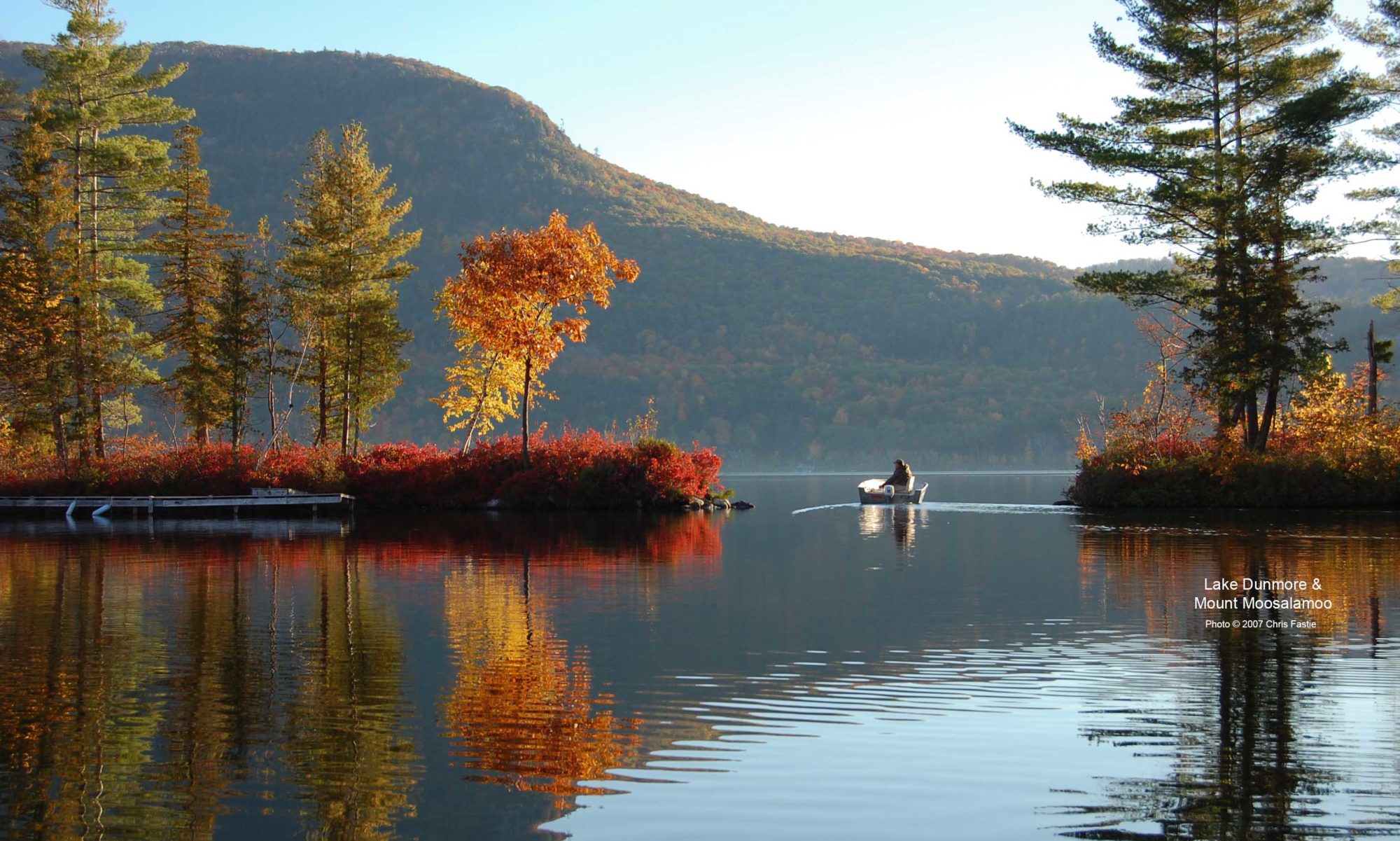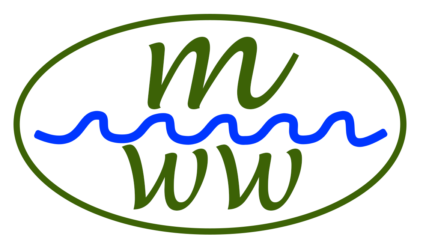BLSG has failed to do aerial application of bacterial larvicides
Aerial application of bacterial larvicide granules is the most effective and safe method of mosquito control. When mosquito larvae eat the naturally occurring bacteria, proteins formed by the bacteria kill the larvae. BLSG has failed in recent years to apply larvicides from the air throughout the District. BLSG has failed to do any aerial larvicide application in Salisbury for the last two years.
Again this year, there is not enough money in the budget to apply aerial larvicides in the spring throughout the District. The state is not supplying enough money to support adequate aerial treatment.
Without first treating the primary breeding grounds with larvicide, the subsequent chemical treatments cannot be considered part of an integrated pest management program which is a requirement of BLSG’s permit. Although some of the BLSG District was treated with larvicides from the ground last year, it was only a small portion of the 6000 treatable acres.
BLSG relies on roadside spraying of chemical pesticides
Recently, roadside spraying of pesticides to kill adult mosquitoes has been the primary function of BLSG. The state does not support roadside spraying so the towns must pay the entire bill. Last year BLSG spent $154,000 on general operating expenses and chemical adulticide application and spent only $50,600 (supplied by the state) on the larvicide program.
Adulticide application involves truck-mounted ultra low-volume (ULV) sprayers which create an aerosol fog of chemicals along roads. The aerosol mist is engineered to drift about 150 feet on either side of the road, assuming no wind during spraying. The fog stays aloft for an hour or two and then falls to the ground. Mosquitoes and other small insects are killed when they fly through the fog and contact the tiny droplets of chemical. After the droplets fall to the ground they do not kill mosquitoes.
- The reach of roadside spraying is limited
There are 15 spray routes listed and mapped at the BLSG website and each of these spray routes is approximately 10 to 15 miles long. The 300 foot wide swaths along the spray routes in the District cover a total of about 6900 acres or 6.9% of the District (the six towns served by BLSG total 105,000 acres). Typically roadside spraying happens only a few days per week along 1-4 of the routes each day so it might take two or three weeks for all of the routes to be sprayed once.
- Relatively few mosquitoes are killed by roadside spraying
So every two weeks, or about eight times per summer, 6.9% of the BLSG District is treated with chemical insecticides. The treatment can kill about 50% to 80% of the mosquitoes which fly through the chemical fog but does not kill mosquitoes resting on vegetation. Mosquitoes that travel into the spray swath an hour or two after the truck goes by are not affected. Mosquitoes newly hatched an hour or two after the truck goes by are not affected. In the end, only a tiny fraction of the mosquitoes in the District is affected by the spray operation.
Even along spray routes, people are unlikely to notice a reduction in mosquitoes. The spray trucks operate at night, usually between 9:00 PM and midnight. By the time people leave their house the next morning, there will be little evidence of the treatment because mosquitoes that were 150 feet or more from the road, or mosquitoes that were resting on vegetation, or have just hatched nearby will have replaced most of the killed mosquitoes. It will be another week or two before the spray truck returns, and certainly after a day or so there will be only trivial reductions in mosquito numbers compared to the truck never passing by. Many houses or back yards are more than 150 feet from the road and therefore are rarely affected by the chemical spray.
Isn’t ULV pesticide spraying done all around the world?
Yes, ULV spraying is used to kill adult mosquitoes in thousands of communities. It is an effective way to apply pesticides when there is a grid of roads for the trucks to follow. If the spray swaths along adjacent roads overlap, then a large contiguous area can be treated and mosquitoes from outside the spray zone are unlikely to reinvade the entire area for a few days. In combination with rigorous larvicide application so new mosquitoes do not hatch within the treated area, mosquito numbers can be reduced.
In rural Vermont where most roadside spraying must be done along isolated country roads, the technique is not very effective. Especially when only 6.9% of the area is treated, and when each route is treated only two or three times per month, and where larval control is incomplete, the technique is inappropriate and wasteful.
There are better things to do with taxpayer money
Salisbury is being asked to pay $26,371 for this ill-fitting service in 2020. This is a 51% increase compared to 2018 despite getting no additional services.
In the last few years, even far from areas treated by BLSG, mosquito numbers have not been worse than most areas of Vermont. Salisbury, like the rest of Vermont, can do without this wasteful and ineffective program.
The money could be used instead for projects which do not expose town residents to dangerous chemical pesticides, or have environmental impacts including potential harm to endangered bats, or risk continued legal liability.

